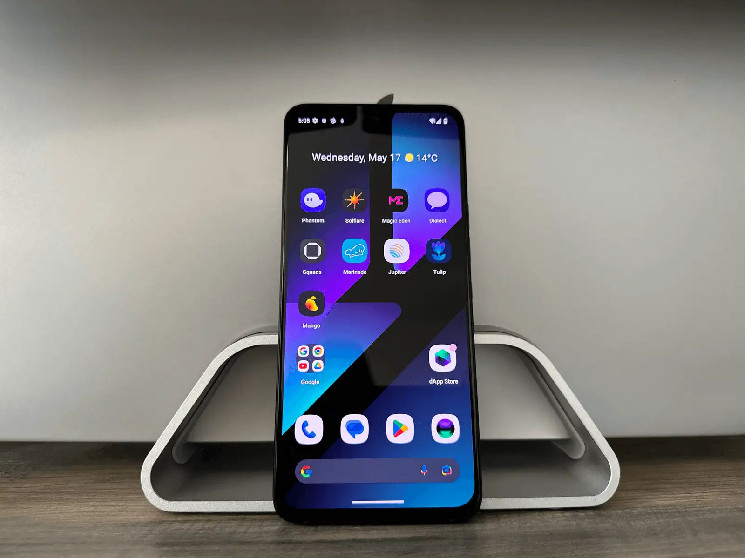
GenesysGo, a leading blockchain infrastructure service provider, has unveiled its latest innovation: Mobile shdwDrive for Solana Saga users. This feature allows Saga phone owners to convert their devices into decentralized storage nodes, earning passive income by leveraging latent storage capacity.
—
With billions of dollars poured into DePIN this year and Helium leading real-world use cases on Solana, GenesysGo\'s Mobile shdwDrive taps into the potential of over 150,000 Solana Saga phones (sold and Chapter 2 pre-orders), rewarding users with $SHDW tokens, which was recently listed on Coinbase.
As Saga targets selling 100,000 units this year, the Mobile shdwDrive ecosystem is poised for organic growth, driven by user demand for token rewards and environmental benefits from repurposing old phones.
Frank Mathis, CEO of GenesysGo, expands on the broader mission saying:
“Mobile shdwDrive has the potential to transform everyday users into key actors in the data economy, empowering people through technology. How many old mobile phones do you have sitting in your desk drawer right now? Imagine the upside of using those phones for decentralized storage, which also presents an environmental case for repurposing old phones.”
Frank Mathis, CEO of GenesysGo
Mobile shdwDrive marks GenesysGo\'s expansion into the mobile realm after the success of its desktop version. With over 27 million $SHDW staked across 2700+ wallets, the platform is poised for further growth.
With the launch of Solana Saga phones, GenesysGo is not only tapping into a new user base but also setting the stage for future expansion. \"Mobile storage represents a seismic shift in the cloud storage landscape,\" adds Mathis.
\"By decentralizing control and returning profits to users, we are paving the way for a global expansion that transcends the current market boundaries.\"
Frank Mathis, CEO of GenesysGo
Stay tuned for updates on how to participate and earn with Mobile shdwDrive, hinting at enhanced tokenomics for users. For the latest developments on Mobile shdwDrive, visit the shdwDrive Blog.
